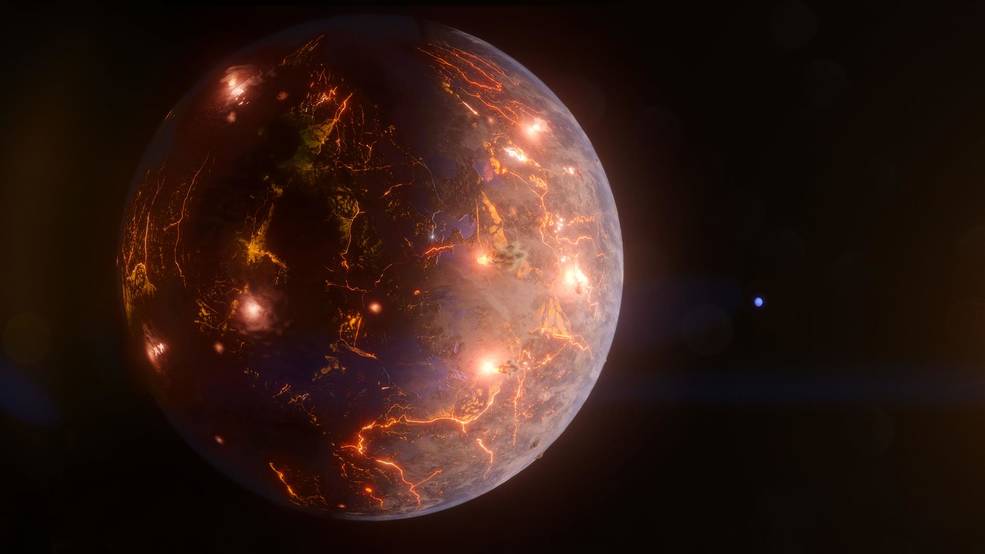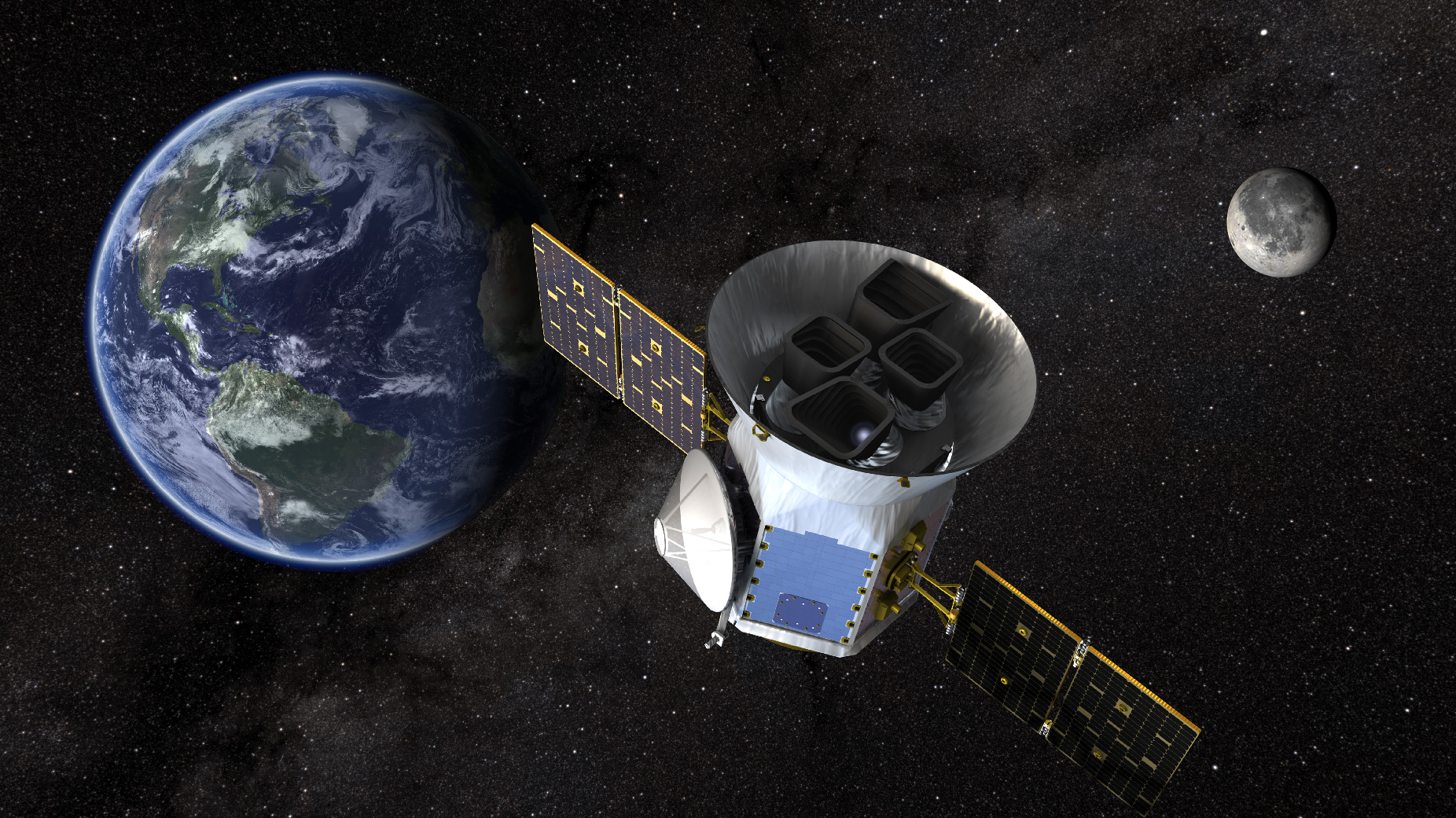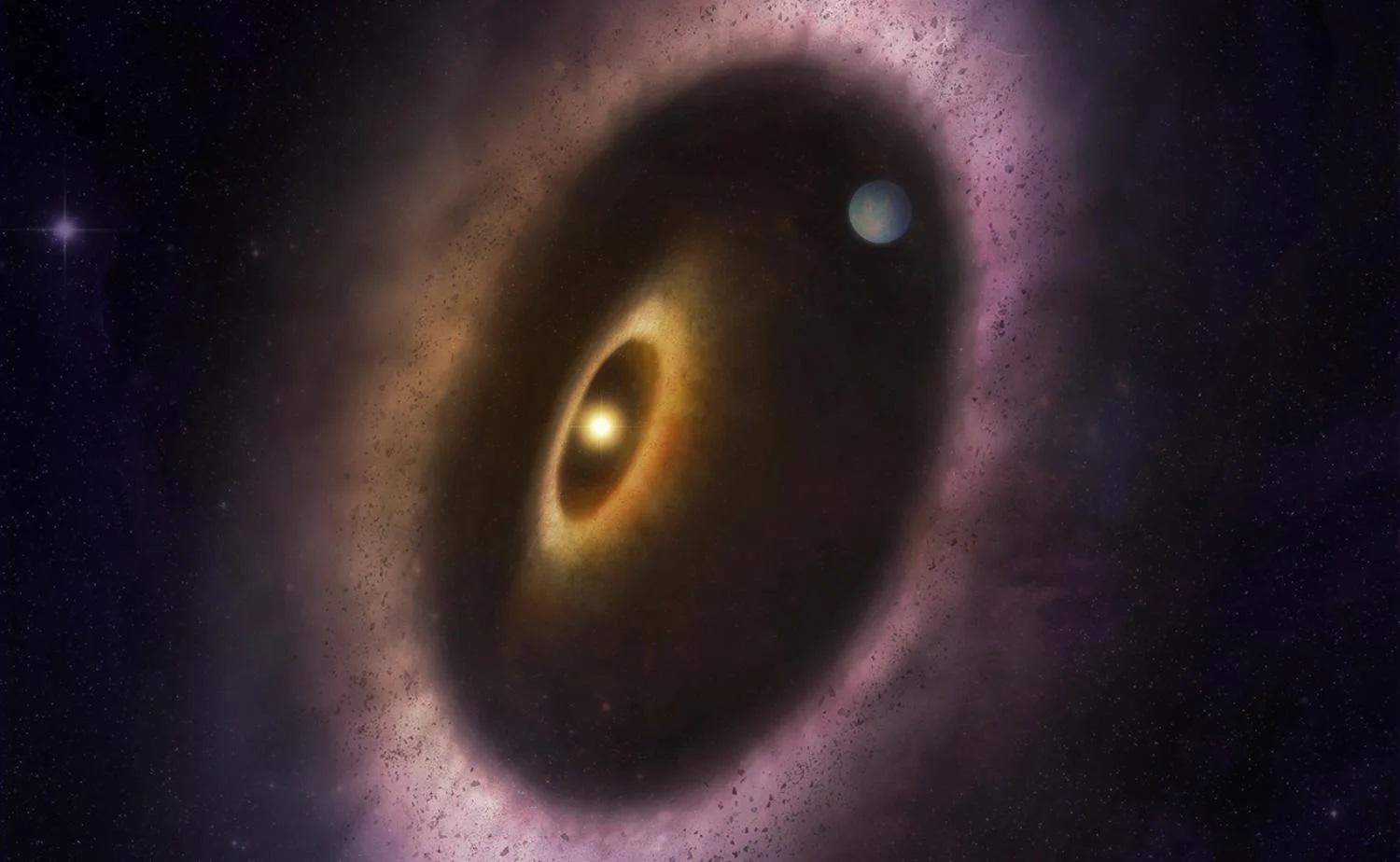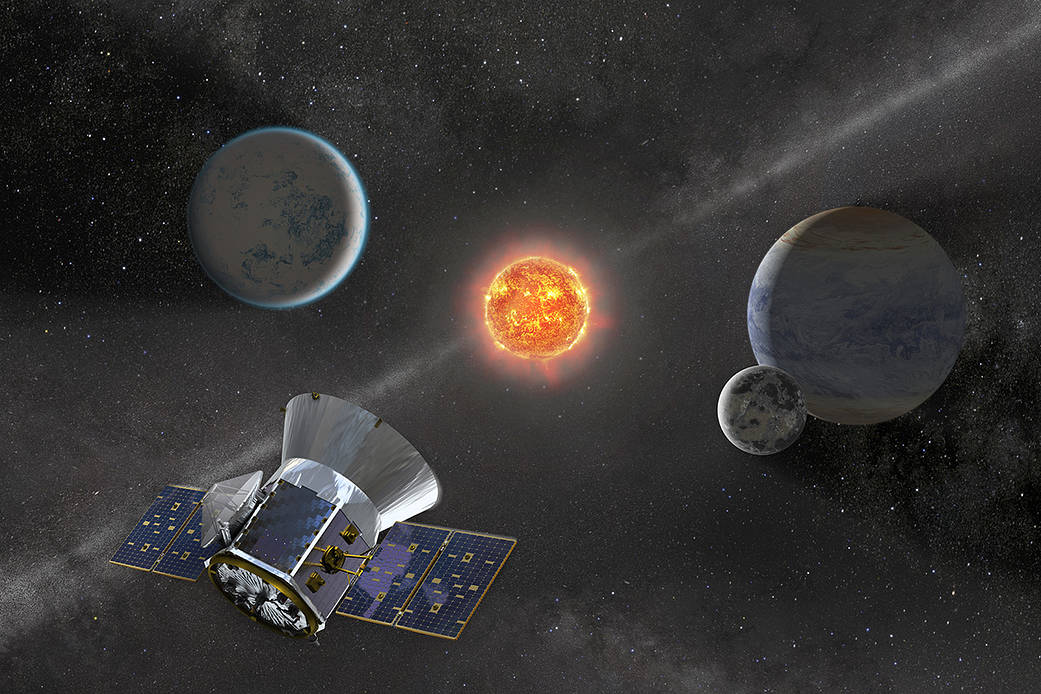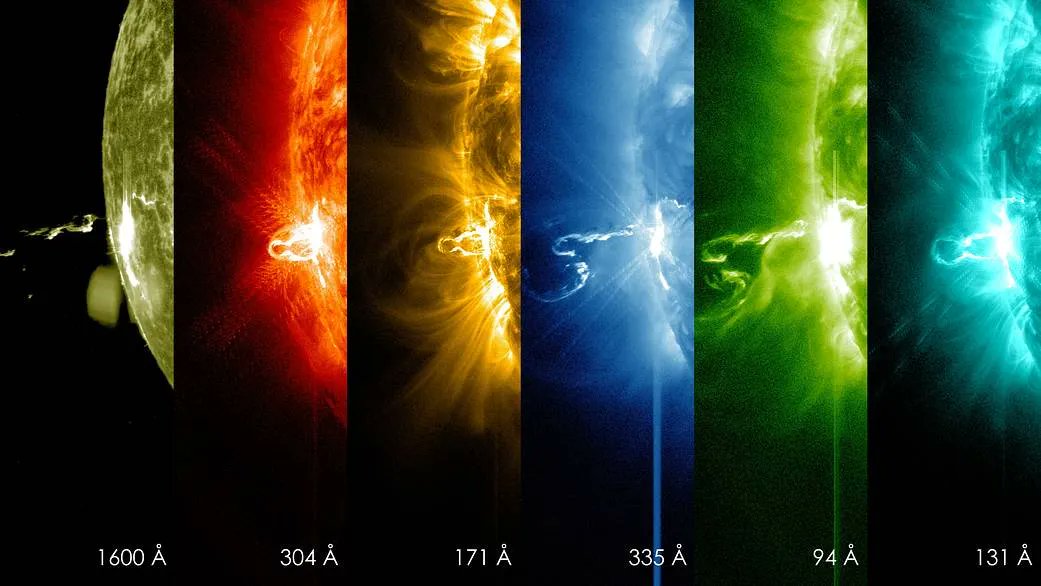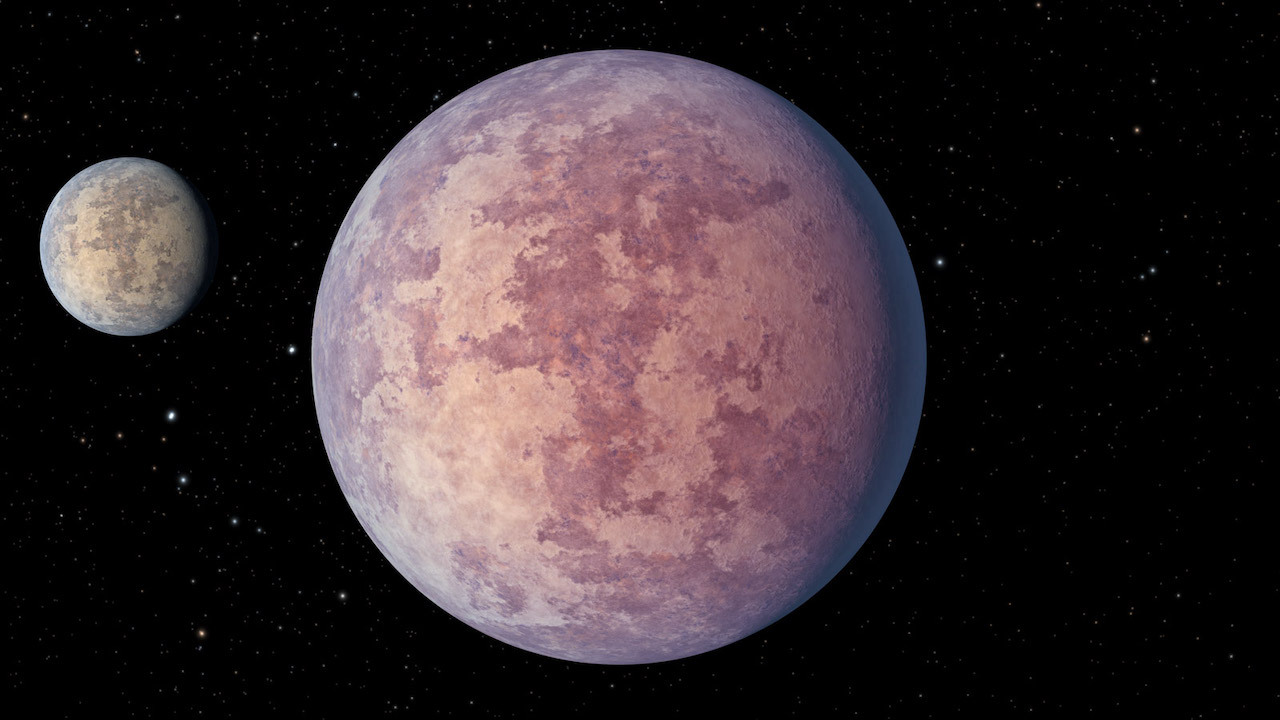Astronomers think they’ve found an extrasolar planet covered in volcanoes like Jupiter’s moon Io, but this world is about the same size as Earth. Designated LP 791-18 d, the planet is probably tidally locked around a small, red dwarf star about 90 light-years away in the constellation Crater. There are two other more massive planets in the system, and their tidal interactions could cause enough tidal flexing that it unleashes planet-wide volcanoes on LP 791-18 d.
Planet d is located within the habitable zone of the star, and with all the other conditions, astronomers think it might be temperate enough on the permanent night side of this world to allow water to exist.
Continue reading “Astronomers Find an Earth-Sized World That May Be Carpeted in Volcanoes”
